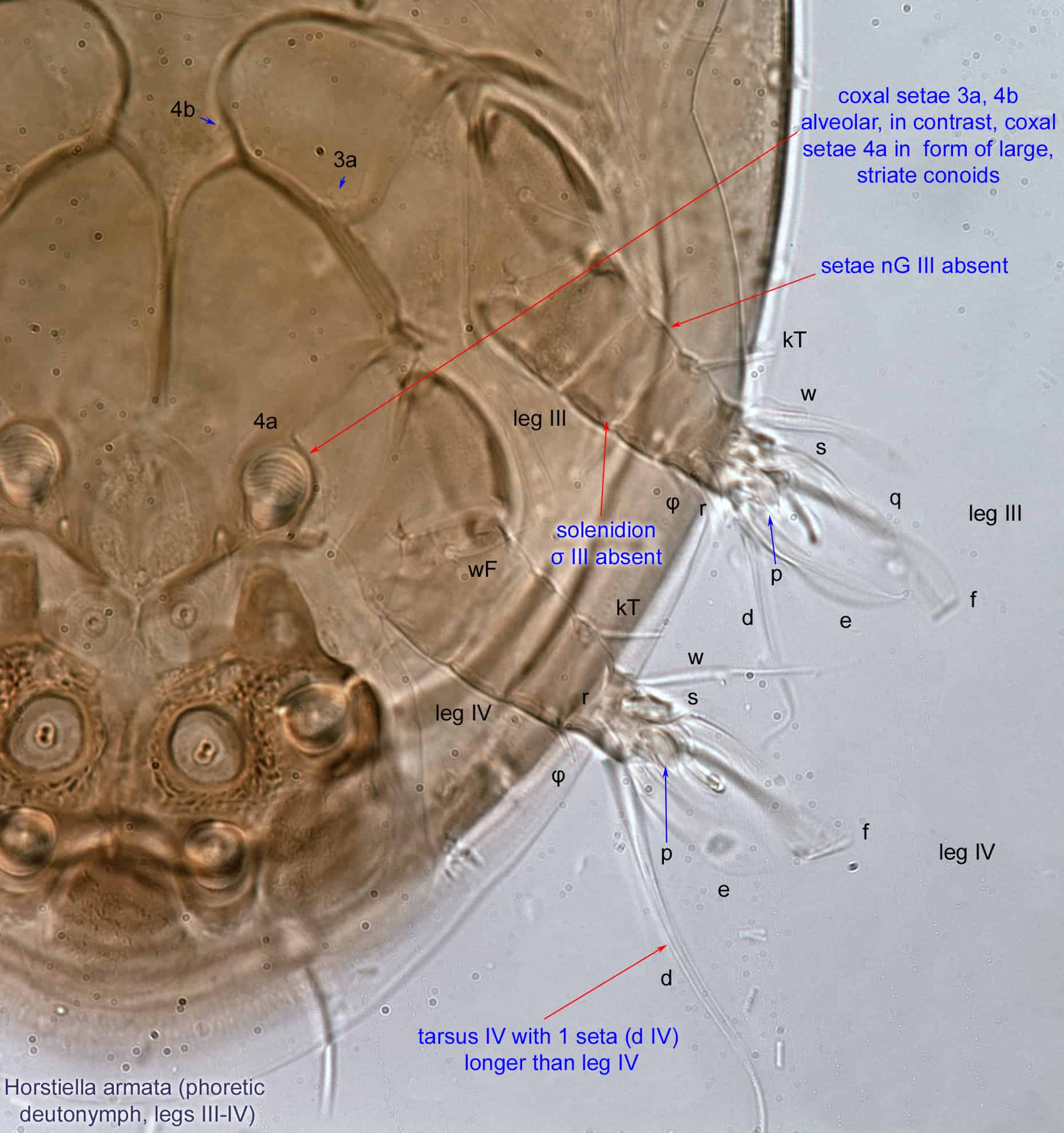
Parasitic mites are known to be a factor in recent declines in bee pollinator populations. In particular, Varroa destructor, an introduced parasite and disease vector, has decimated colonies of the western honey bee, one of the most important agricultural pollinators in the world. Further, global trade in alternative pollinators increases the likelihood of moving mites, so there is a potential for more Varroa-style invasions.
USDA’s Identification Technology Program (ITP) has released Bee Mite ID: Bee-associated Mite Genera of the World, its latest identification tool, to help biosecurity specialists and beekeepers identify the mites of greatest concern, which could help prevent such invasions. Bee Mite ID was produced through a collaboration with the University of Michigan. The project was originally conceived in response to this 2014 Presidential Memorandum.
Bee Mite ID allows for identification of adult and immature mite life stages found on bees and in their nests, focuses on important bee pollinators, and can help in distinguishing harmful from non-harmful mites. This web-based tool is designed with components people with varying degrees of knowledge can use, including:
- quick-reference guides for common bee pollinators.
- illustrated mite and bee morphology guides.
- filterable image gallery.
- comprehensive fact sheets.
- illustrated glossary of terms.
- Lucid key that does not require Java.
- instructions on slide-mounting and photographing mites.


Bee Mite ID: Bee-associated Mite Genera of the World can be accessed at http://idtools.org/id/mites/beemites/.
The authors of Bee Mite ID are Pavel Klimov, Barry OConnor, Ronald Ochoa, Gary Bauchan, Amanda Redford, and Julia Scher.
Please visit:
- To view other ITP products visit http://idtools.org.
- Visit the Google Play Store or the App Store to view ITP’s Lucid Mobile apps for Android and iOS.